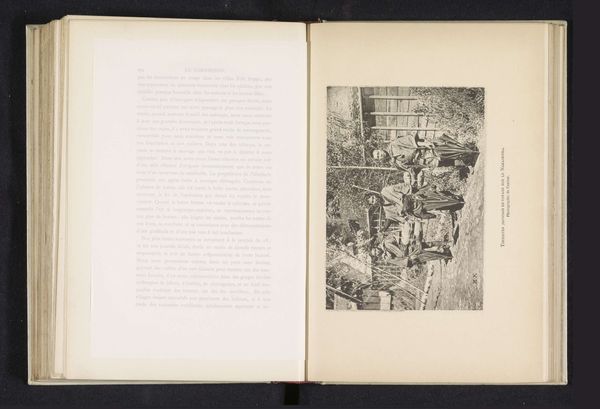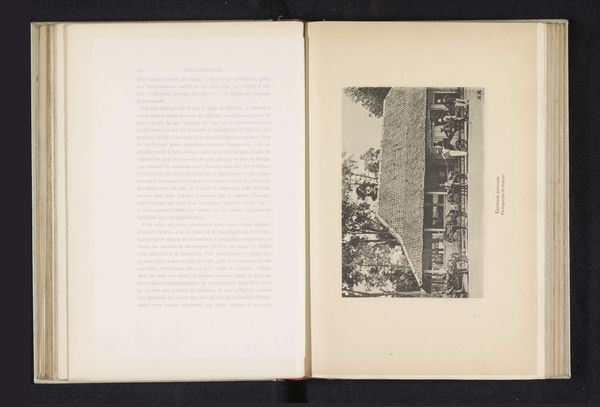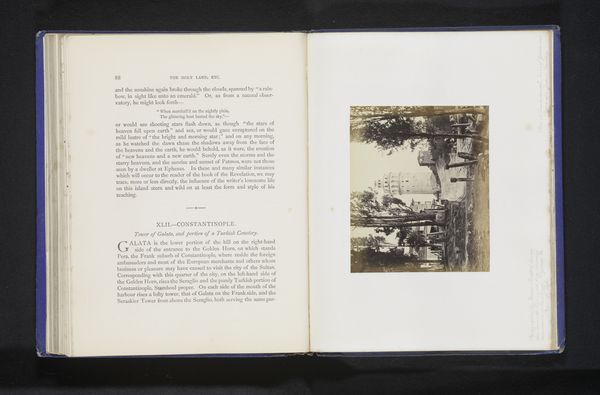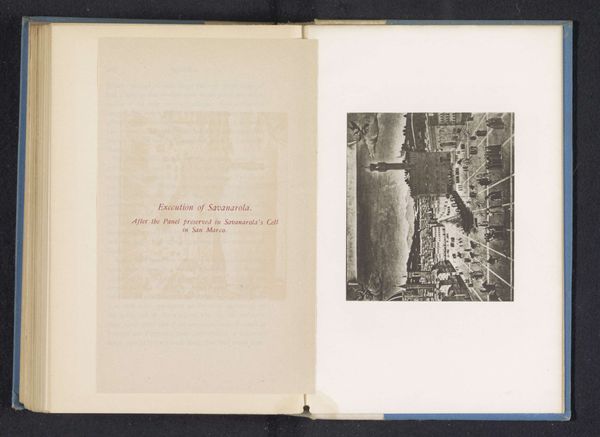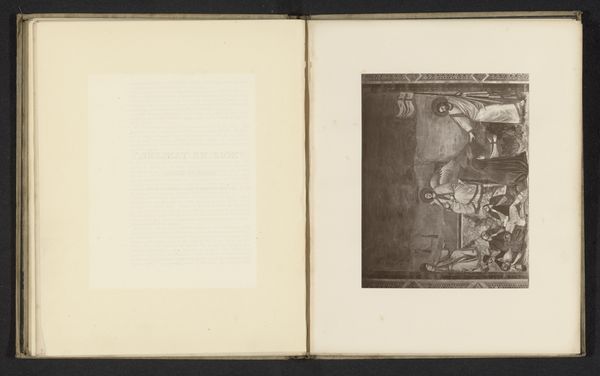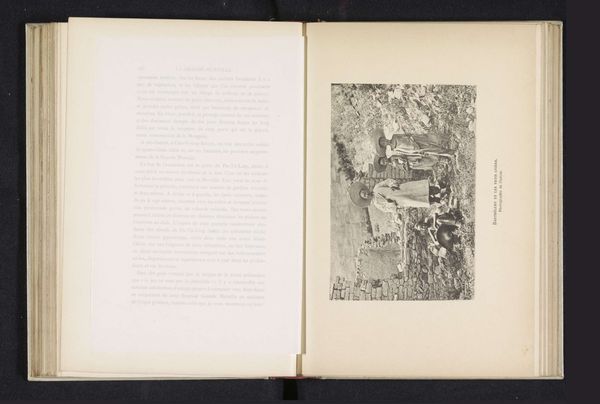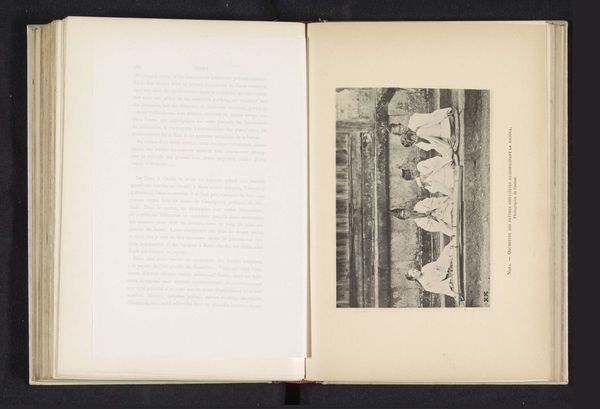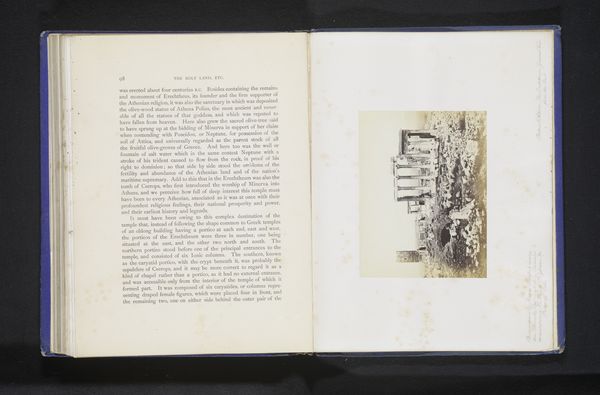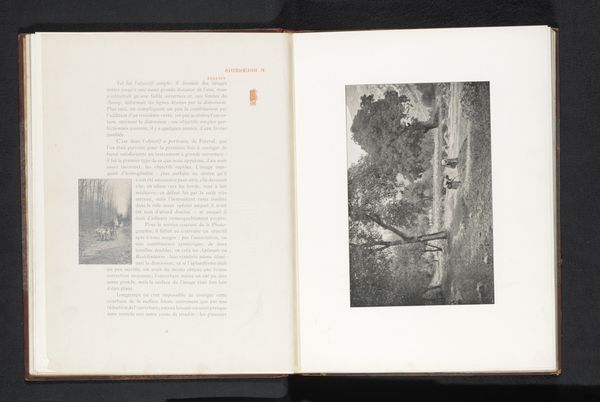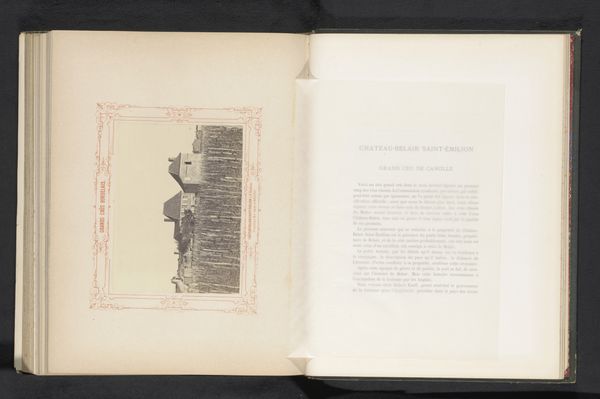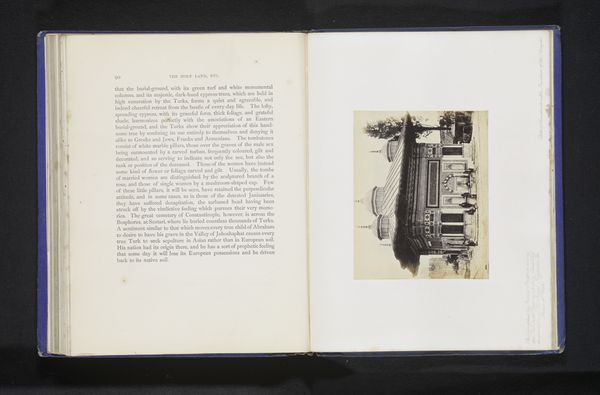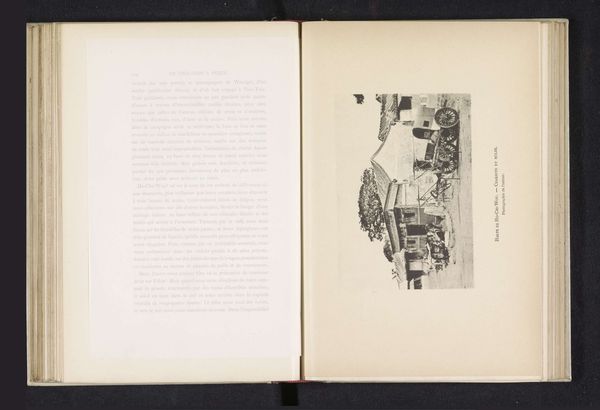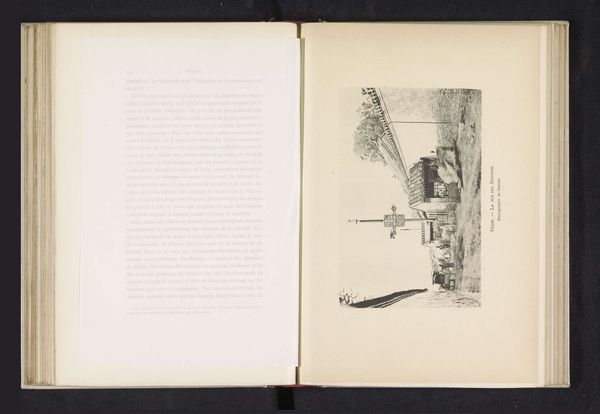
print, photography, gelatin-silver-print
# print
#
asian-art
#
landscape
#
photography
#
orientalism
#
gelatin-silver-print
#
genre-painting
Dimensions: height 118 mm, width 173 mm
Copyright: Rijks Museum: Open Domain
Editor: Here we have "Riksja met twee trekkers te Japan" a gelatin-silver print by Hugues Krafft, dating to before 1883. The scene feels very posed, but there's a stillness that's also quite compelling. What cultural layers do you see within this composition? Curator: Well, immediately, I'm struck by the visual vocabulary of Orientalism. The rickshaw itself, the clothing, the architectural backdrop—they are all potent symbols carrying historical weight. The figures, caught in this very specific type of labor, how does that speak to you? Editor: It brings up questions of power dynamics and perhaps a romanticized view of labor in a foreign land, which seems troubling. Are there deeper iconographic connections here that speak to the artist's intention, or the wider European worldview? Curator: Absolutely. Consider the circular form of the hats and the rickshaw wheels—circles often signify cycles of life, of returning. The European gaze, attempting to capture and 'know' the East, eternally circles around it. There is almost an inability to see past its own preconceptions, which it subtly reveals with its own forms and shapes. Does this reading resonate with your perspective as well? Editor: It does, especially the notion of an unending cycle and imposing external viewpoints. This piece then serves almost like a mirror, reflecting European values and fixations back at itself. Curator: Precisely! By deconstructing these symbols and recognizing their origins, we can understand not just the image, but ourselves. It becomes a commentary on the very act of seeing. Editor: That's so insightful! Now I'm going to view any photograph within similar themes with fresh eyes. Curator: Exactly! Keep asking those critical questions.
Comments
No comments
Be the first to comment and join the conversation on the ultimate creative platform.
